
Wir reisen, also sind wir
vakantio.de/wirreisenalsosindwir
Mexico: Palenque
Հրատարակվել է: 27.01.2018
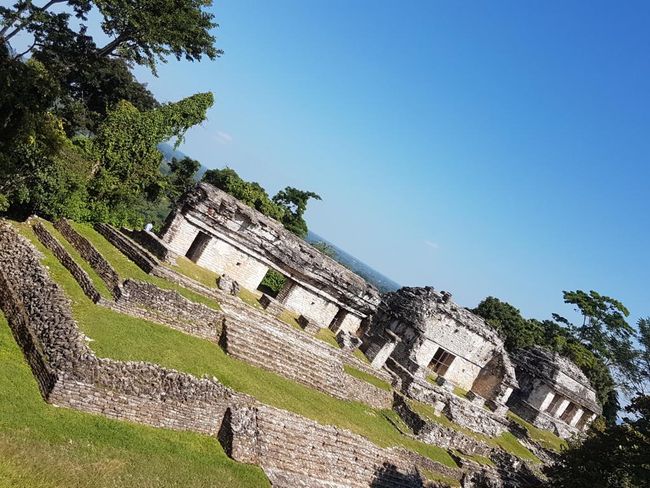
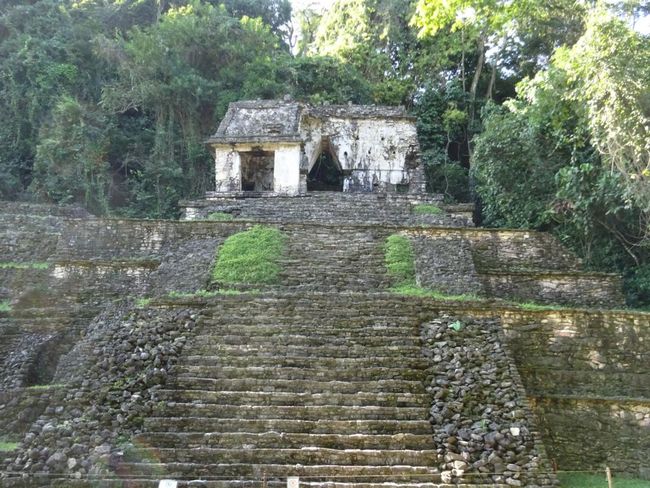
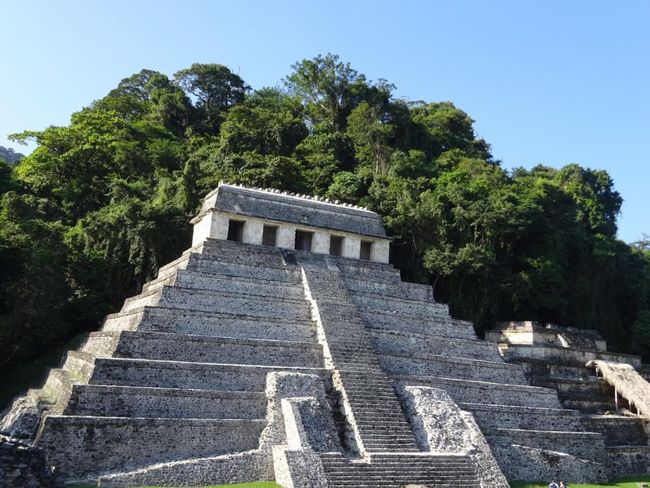
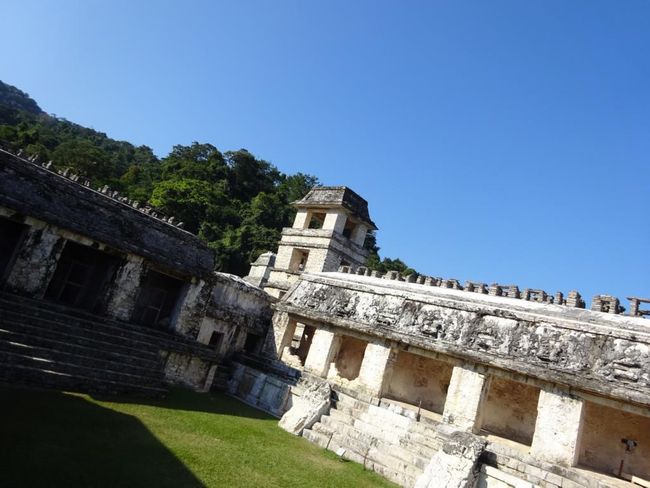
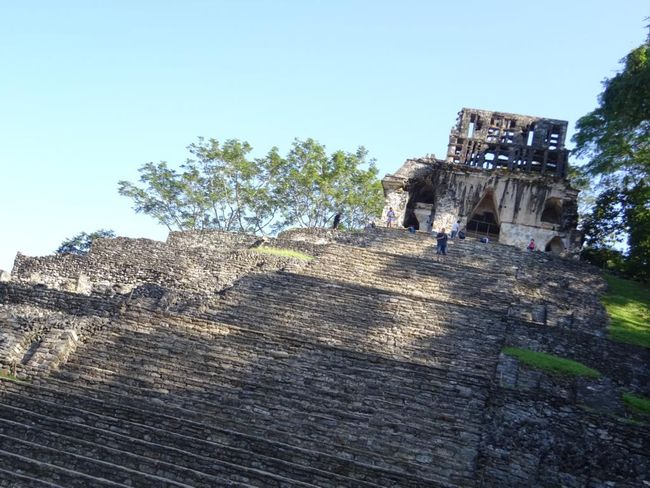
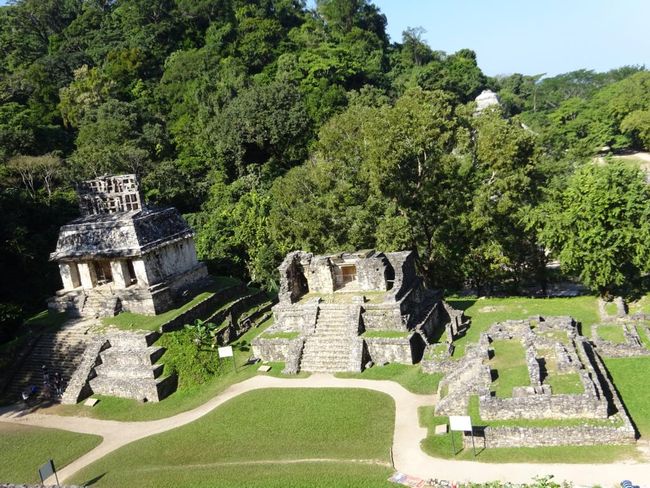
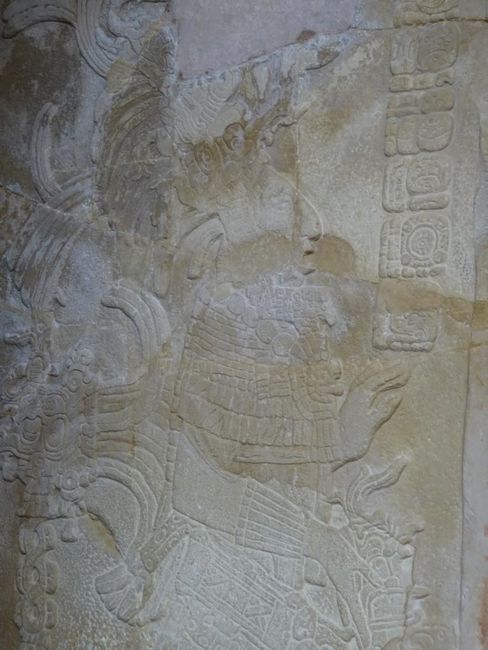
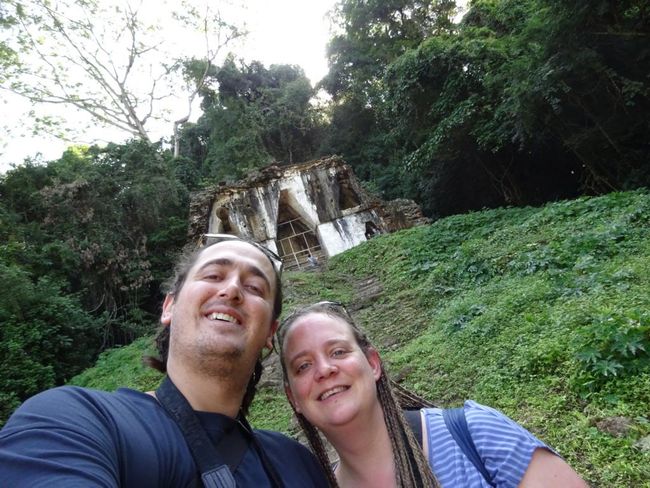
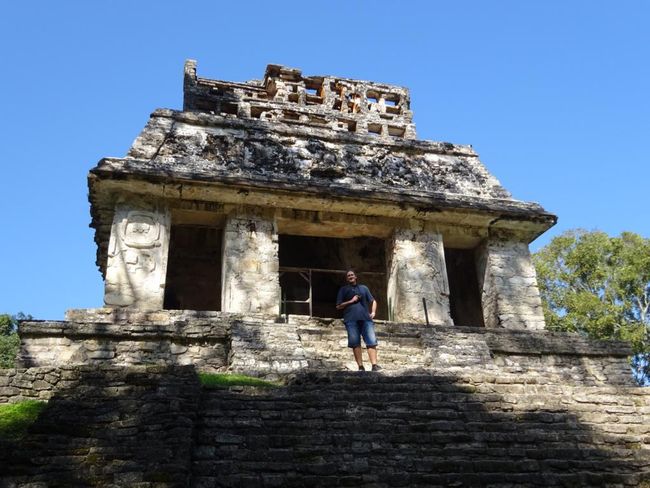
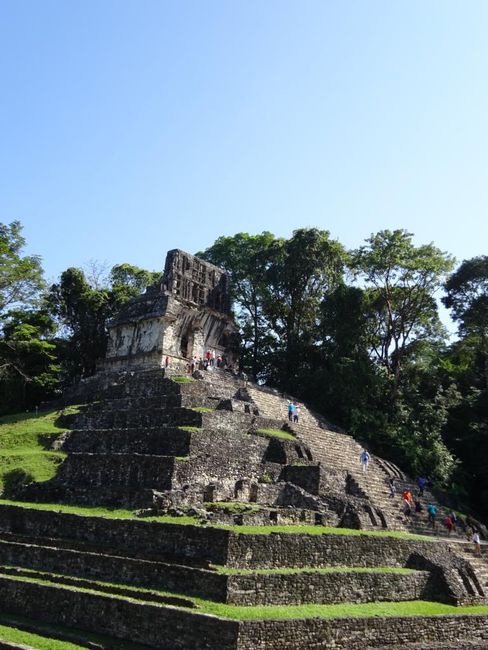
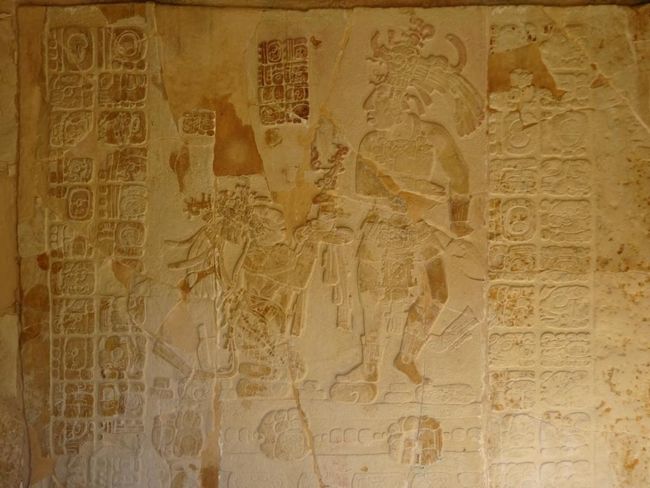
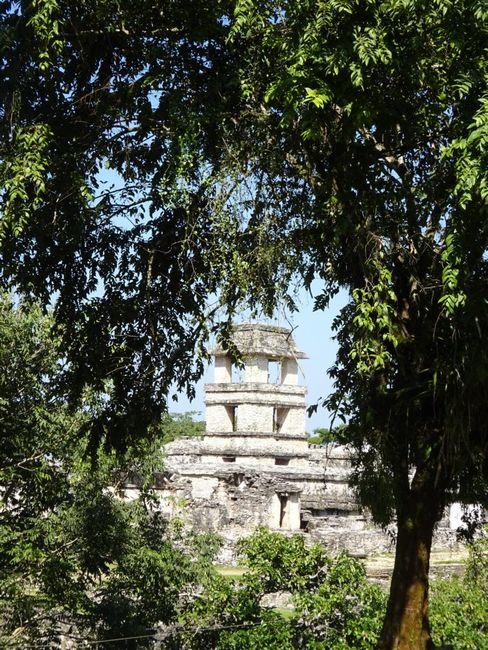
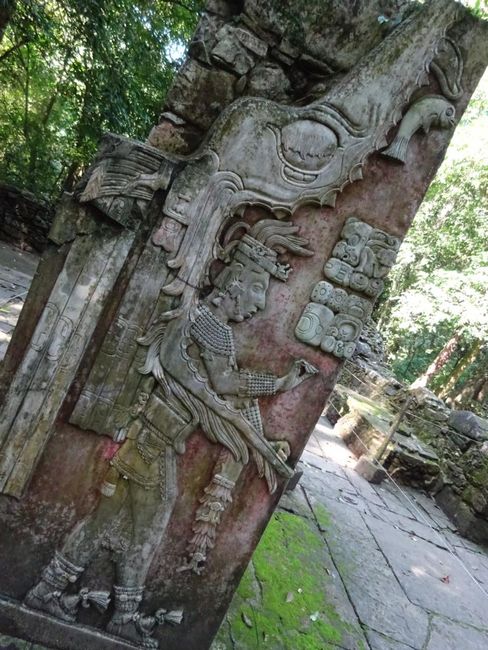
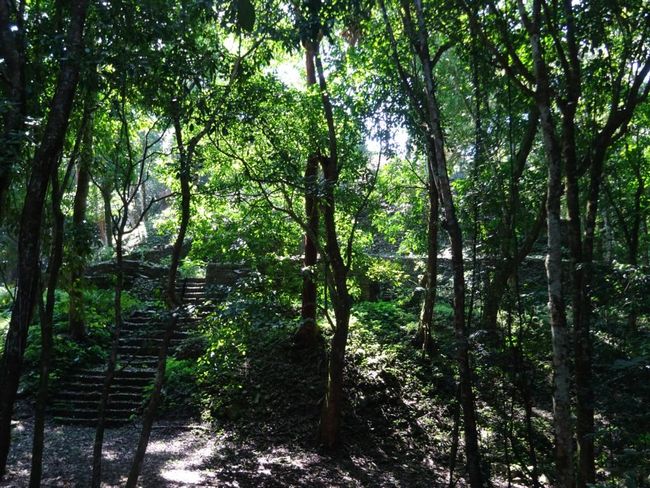
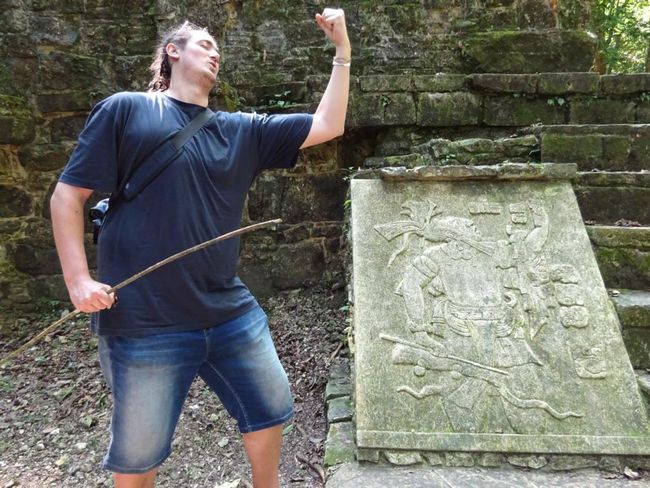
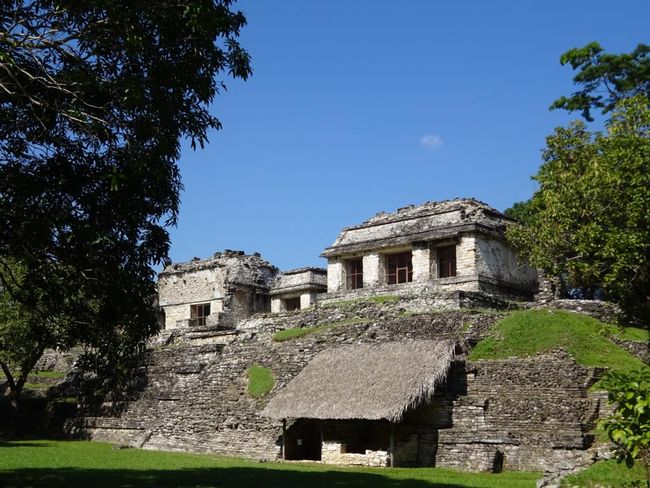
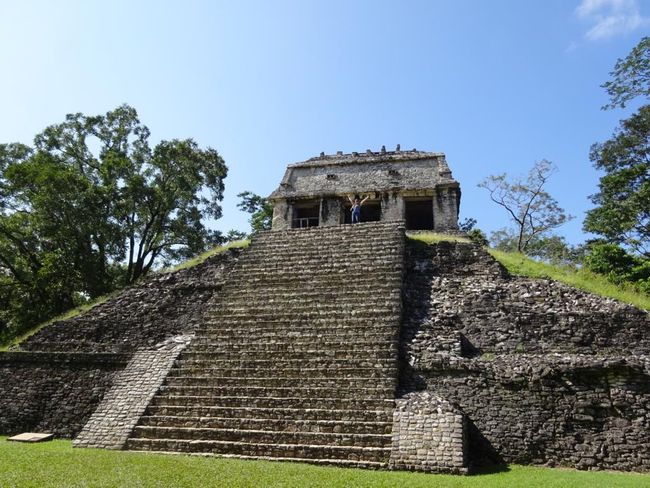
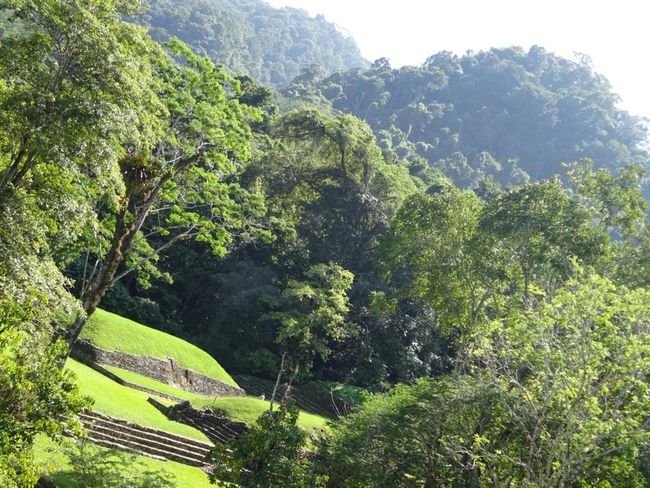
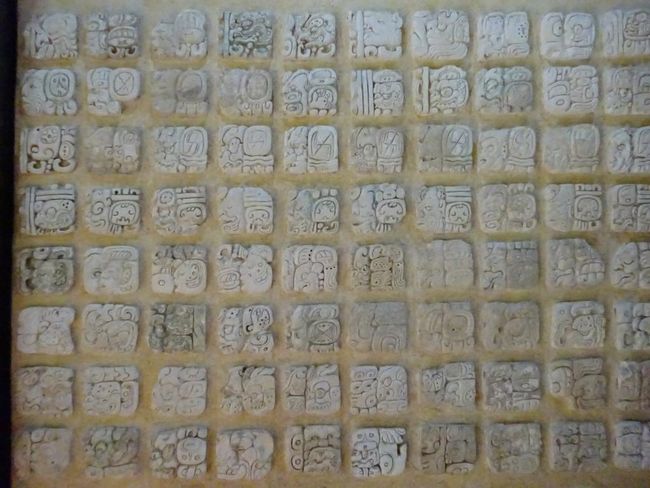
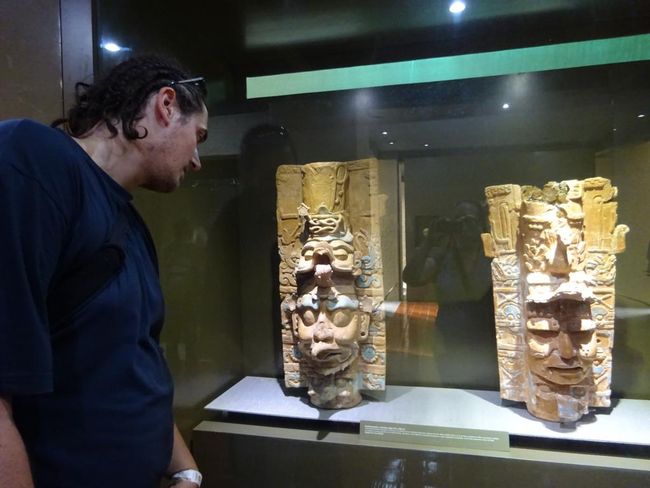
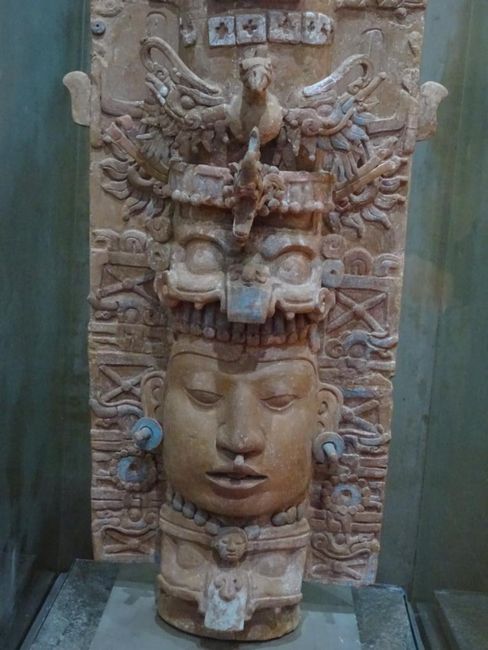
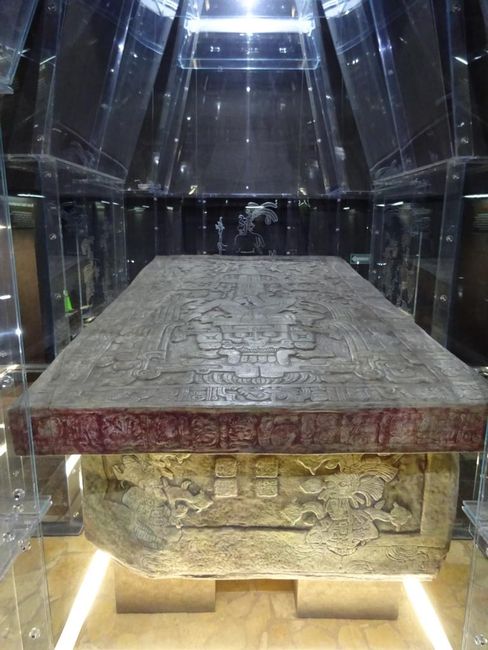
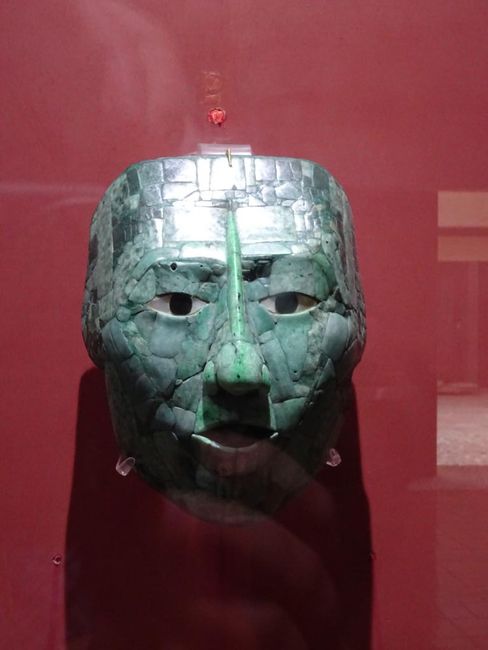
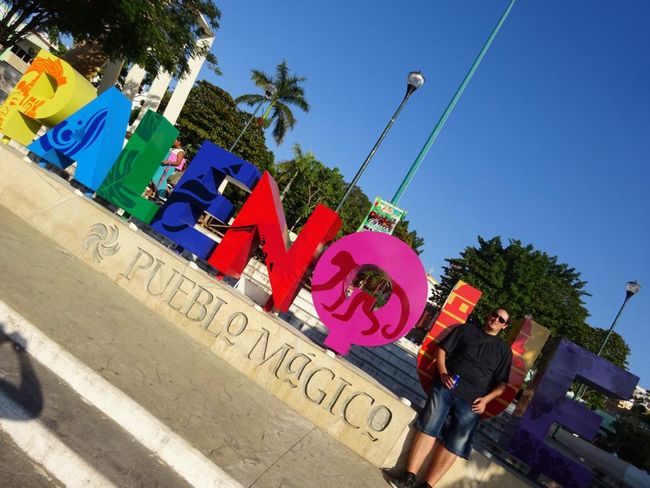
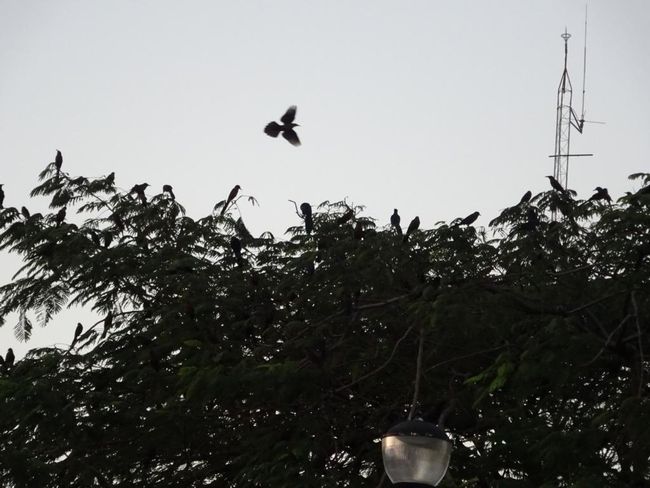
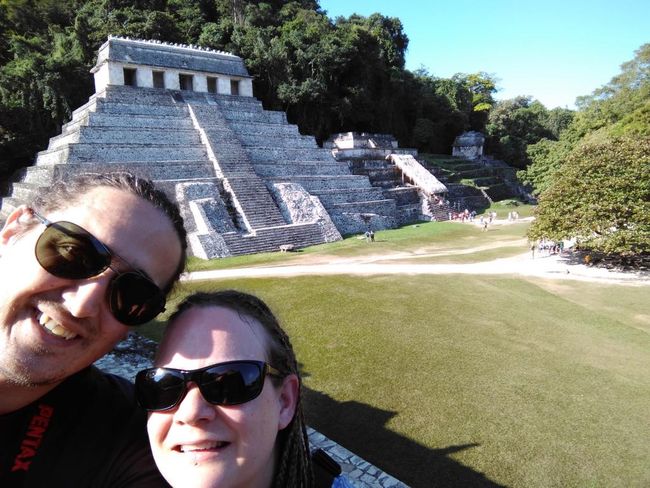
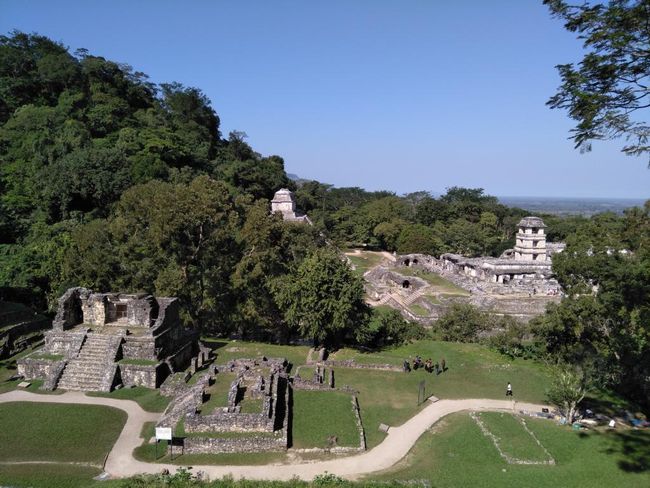
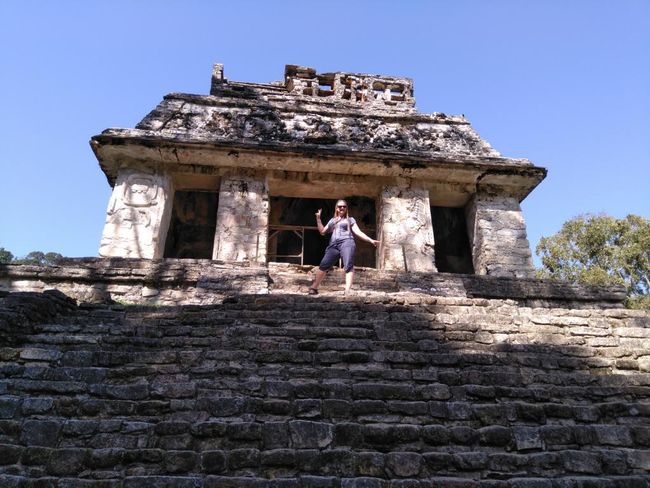
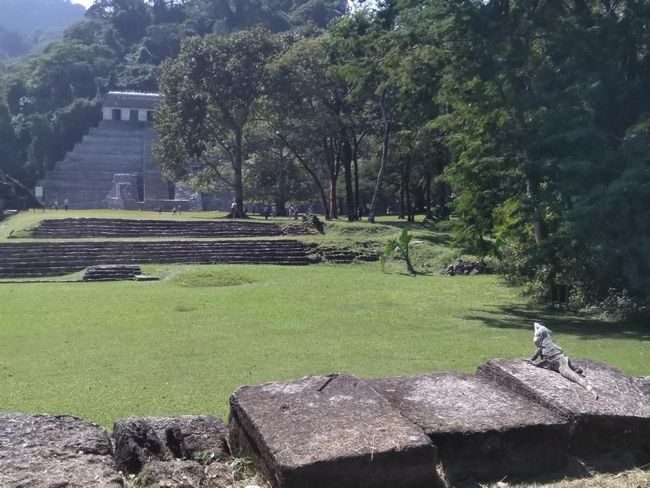
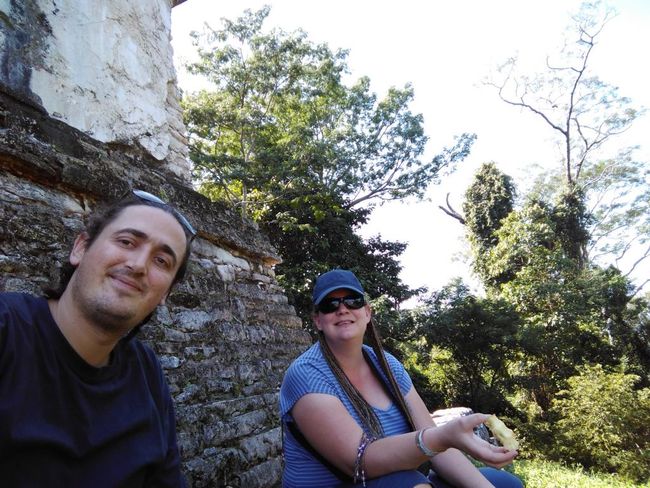
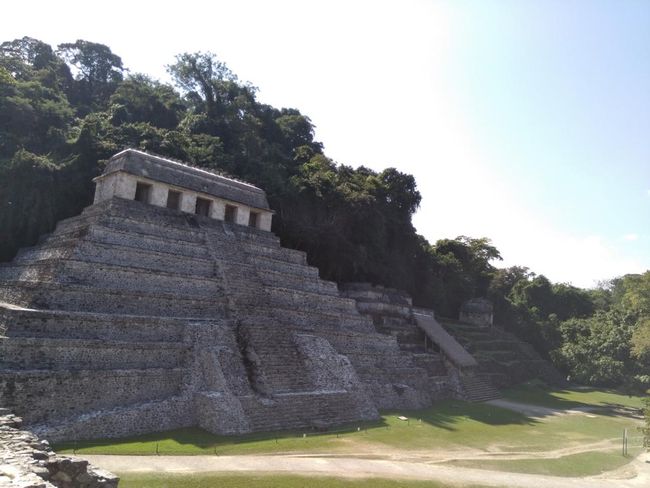
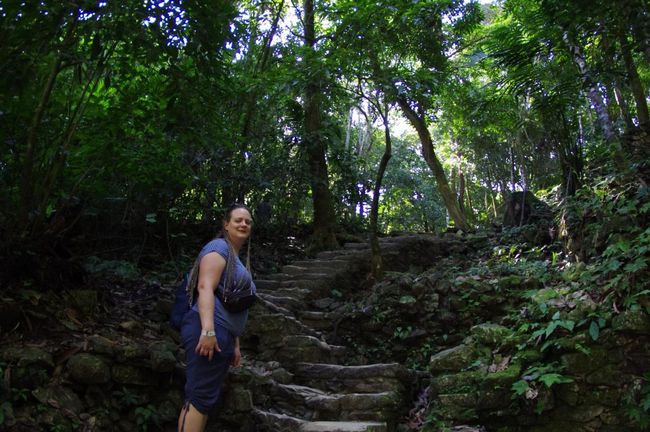
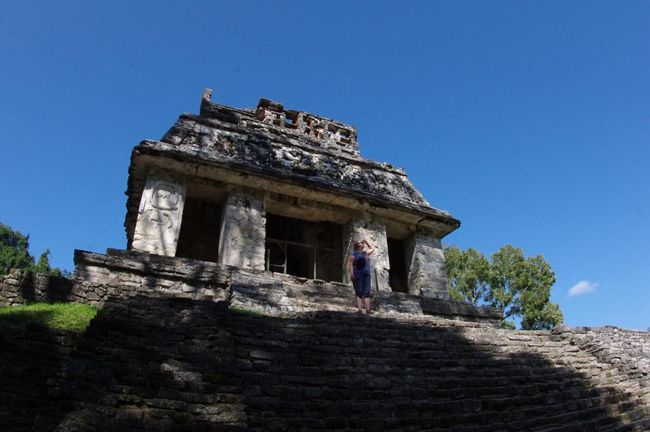
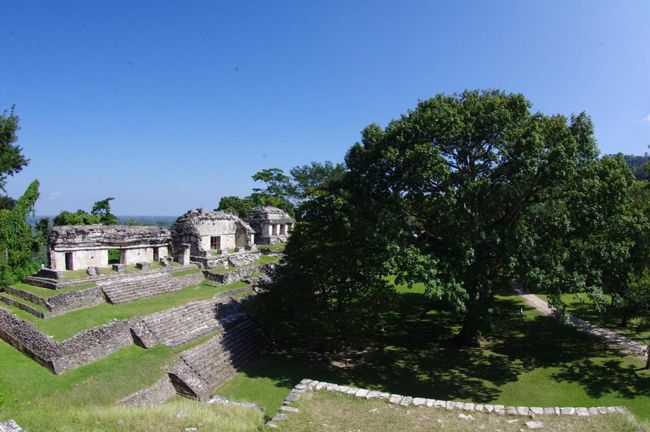
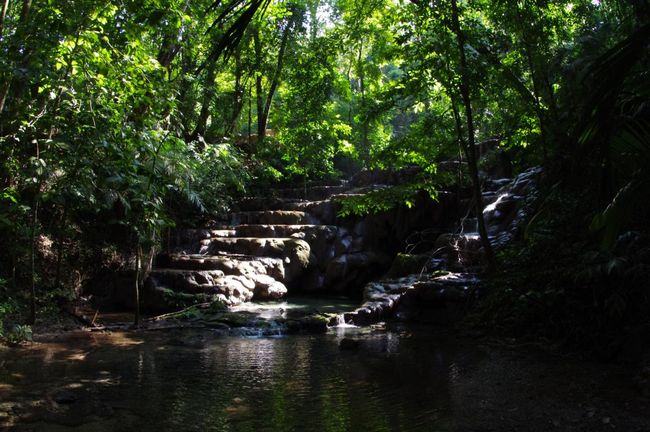
Բաժանորդագրվել տեղեկագրին
From Merida we took the bus to Palenque, which took about 8 hours. This time, we wanted to learn from our mistakes in Chichen Itza and made sure to arrive on time in the early morning. However, we still couldn't make it on time. We were about 1 hour late (instead of 1.5 hours like in Chichen Itza, at least), and there were already some people there. So, we quickly made our way to see the main buildings before the crowds of visitors would come.
After a few hours, it felt like more and more people were arriving, but then... something strange happened. People started leaving. In the afternoon, the site was almost empty. Generally, there seem to be fewer foreign tourists here since Palenque is not within reach of the day trippers from the tourist hotspots of Cancun and Playa del Carmen. This means there are fewer beach tourists looking for a day of sun, sand, (alcohol), and sunshine, but rather culturally interested travelers. And it seems they only come in the morning and leave in the afternoon. The atmosphere in the afternoon was fantastic, the people who were there seemed to have time. They were comfortably lying on the grass in the shade under the ruins or strolling around relaxed. We found a nice spot on a small pyramid, from where we had a beautiful view of the neighboring temple. We sat there for a good 2 hours, all by ourselves, having a picnic and enjoying the view. Occasionally, a few people or couples strolled through "our" temple, reminding us that we weren't completely alone in the jungle.
Afterwards, we visited the small museum of the site, where some artifacts from the ruins are exhibited. There is also a replica of the tomb of the ruler Pakal, which was found in the Templo de las Inscripciones. Noteworthy is the beautifully decorated sarcophagus lid with reliefs depicting the ruler in his rebirth. Pakal's remains were also covered with jade jewelry, including a jade mask, when the tomb was opened. However, the original pieces are exhibited in other archaeological museums in the country, but some replicas are shown on site.
In the evening, we spent time in the small town of Palenque, a rather sleepy place that owes its existence mainly to the archaeological site. We spent some time in the central park, where there were several trees with hundreds of birds perched and flapping around, creating a tremendous noise. It was truly deafening and after a while, it became unbearable. Unfortunately, we couldn't figure out what kind of birds they were.
In general, I liked Palenque better than Chichen Itza. The location in the dense forest is really idyllic.
Here is a brief overview of what we learned about the culture and beliefs of the Maya (or at least somewhat, as the guides and museums seem to have different interpretations):
The Maya believed that there were three levels of the world: the upper world, the underworld, and the middle world where humans live. For example, the Maya believed that cenotes represent gates to the underworld, the same goes for ball courts (as we already know, some players were decapitated after the game. Although we were initially told that the losers were sacrificed, elsewhere it is believed that the winners, or at least their captain, were decapitated. Upon closer examination, this is somewhat plausible since it makes more sense to sacrifice one's best player to the gods for their favor, rather than the worst. Apparently, this death was also considered a great honor, otherwise there wouldn't have been such a strong desire to win). North, South, East, and West are the cardinal points, so many buildings were aligned accordingly. Each cardinal point is associated with its own colors: white, black, red, and yellow. The three levels of the world are connected by a sacred tree (Ceiba tree). The jaguar is considered a sacred animal for the Maya and combines all the colors of the cardinal points as well as green for the tree: its fur is white, yellow, and black, its blood is red, and its eyes are green. The serpent is also considered a sacred animal. Apparently, they equated the sun during the day with a serpent rising in the east and then moving across the sky as a snake. In the west, it is swallowed by a monster and then wanders through the underworld as a jaguar before rising again in the east. This interpretation seems to be derived from reliefs on buildings, in Uxmal, for example, a monster adorns the building on the west side of a plaza.
Another fascinating achievement of Mayan culture is their calendar. It apparently consists of three parts: the ritual Tzolkin calendar, the civil Haab calendar, and the Long Count, which allowed for the measurement of longer periods of time. We asked some guides to explain the Mayan calendar to us, but it wasn't easy to understand in Spanish. So, I researched on the internet and guess what: it's actually not easy to understand. Apparently, not everything is known about it. Ironically, it is the Mexicans themselves who know the least about all the Maya stuff, as it was mainly Europeans and Americans who excavated the temples and sites and conducted research. And the guides on the tours apparently all have their own little interpretations of the facts.
One thing that I really liked: In the typical circular representation of the Haab calendar, which is printed on all sorts of souvenirs, you can see the figure of the Cargador del tiempo (Bearer of Time). This figure apparently symbolizes the fact that even the richest person in the world with all his wealth cannot buy the youth of another person. Time cannot be bought. A very important and meaningful message to me.
Բաժանորդագրվել տեղեկագրին
Պատասխանել (1)
Manuela
Hello you two, nice reports and great pictures. I have already seen the pictures of Lisi on top of the pyramids ........ 😂 but in another country ....... you look really happy .... dear Gruss from Toggenburg.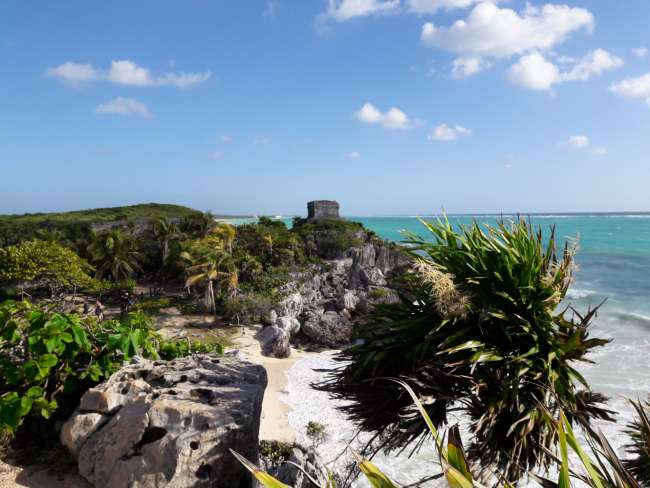
Ճանապարհորդական հաշվետվություններ Մեքսիկա
